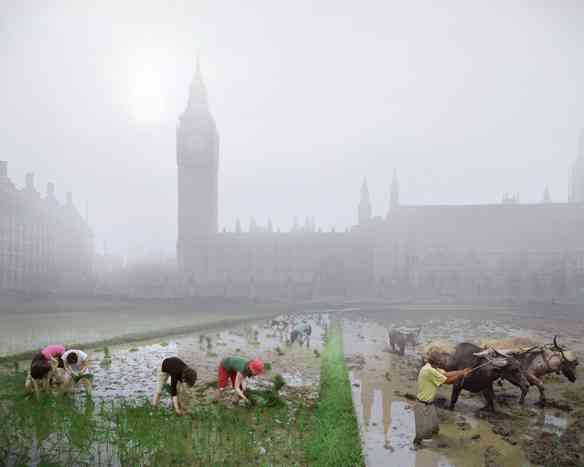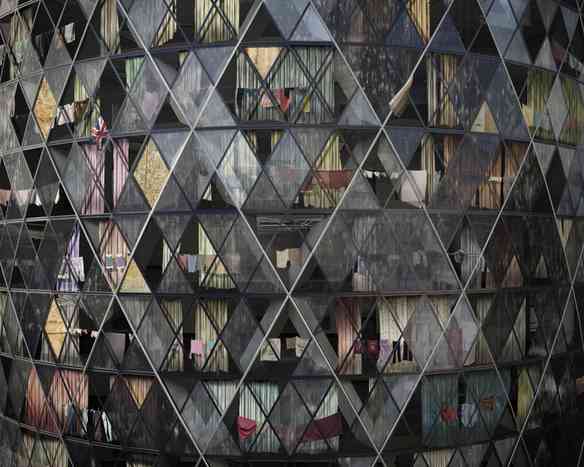New year, new thread, I’m on sabbatical from ITP, and starting almost 3 months of deep research out of town – in the Gulf of Mexico, and in Minneapolis for a new umbrella project called Making the Best of It. Here’s a nano description:
Making the Best of It is the umbrella concept for a series of regionally site-specific pop up food shacks and community dinners that feature a climate-change enabled (and often unwanted) edible indicator species, in order to engage publics in tastings and conversation about the risks of climate chaos, our business-as-usual food system, and the short term food innovations at our disposal.
March – I’ll be at CENHS at Rice University
April – Minneapolis, through northern.lights.mn
May – Rising Waters Confab, Rauschenberg residency Program, Captiva Island
In the Gulf, I’m focused on jellyfish as an edible signal species.
In Minneapolis, a team of awesome artists (Valentine Cadieux, Aaron Marx, Sarah Peterson) and I are working with Northern Lights to produce 13 months of programming around eating dandelions.
I’ll be logging research and development on jellyfish and the Gulf. Oh, and hopefully the Port of Houston. I’ve been working on the firewall of maritime shipping and “Harmonized System” code that keeps us from the oceans. there’s a show up at bitforms of this work Feb 14-Apr 3. It’s called MORE&MORE.





